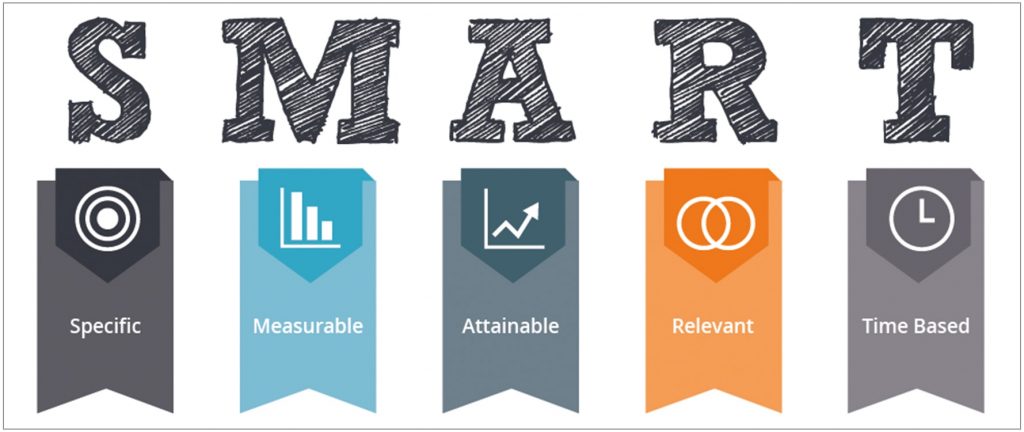In last year’s Yell ‘State of Financial Services Marketing’ survey, we asked marketers: “What are the biggest barriers to achieving your marketing objectives?”
The two biggest barriers that kept coming up were:
- lack of time
- lack of financial resources.
You may nod your head and think ‘hasn’t that always been the case?’ Which is true, of course, but our findings from the survey suggest it’s a problem that will continue to get worse, as the proliferation of marketing tools and channels put an ever greater strain on your resources.
In this blog post, we’ll look at why these two pressure points will increase in 2017 and how Financial Services marketers can develop easy to implement strategies to counter the issue.
Time is of the essence
A lack of time was stated as the number one barrier to achieving objectives by Financial Services marketers, with 97% of survey respondents answering that it is a hindrance and 57% describing it as either a ‘large risk’ or a ‘threat’.
While marketers have traditionally been time poor, this has been compounded by recent developments in technology and the effect this has had on the customer journey.
Communication with prospects and customers is now broken up over many different devices and there is an expectation that businesses will be active across all channels and technologies, providing a high quality and consistent experience.
The automation, personalisation and analytics technology required to do this is significant and while these tools are meant to make providing a better service for customers easier, the amount of work needed to understand customer behaviour, create effective strategies, establish channels, monitor and optimise them continues to increase.
In larger organisations, these responsibilities are likely split between teams or individuals. However, marketers from small and mid-sized organisations are often expected to cover the entire scope. As the number of channels continues to grow, it’s only going to get harder for small teams with more activity, more data and more analysis required to deliver insights and results.
In addition, while there may have previously been periods in the year where workloads for marketers were lower – where we could stop, take a breath and plan – the ‘always on’ nature of digital marketing means that even these previously slower periods now see consistently high workloads.
Being constantly busy means that marketers aren’t easily able to spend the time needed to define strategies and understand which of their activities are delivering the outcomes that help them achieve their objectives.

No Money, Mo’ problems
Almost as much of a hindrance as a lack of time, 93% of Australian Financial Services Marketers stated that ‘Size of budget available’ was a barrier to achieving their marketing objectives, with 61% either stating that it was a ‘large risk’ or a threat’.
In a world where ‘doing more with less’ is a perennial cliché, it’s a challenge marketers look likely to continue to face. With an ever-increasing number of tools and channels to spend budget on, we’re seeing an increasing investment in new marketing technologies, but smaller decreases in spend in other areas.
Digital channels, with the ability to operate leanly and even self-serve creative and distribution, allow financial services marketers to distribute their message in a more targeted way than traditional media.
However, with the increase in the number tools available and the amount of work required to manage multiple channels and technology platforms, $1m is easily accounted for.
Spreading a budget thinly over multiple channels necessarily makes each one less effective. And, while each individual digital engagement may appear inexpensive compared to traditional media, the cost of unfocused and poorly-targeted digital activity can quickly add up. Care needs to be taken to ensure the right information is communicated to the right prospect at the right time.
The importance of a clear strategy
To ensure lack of time and budget don’t become self-fulfilling prophecies, marketers need to invest what time they can to assess which channels and activities are delivering the most effective outcomes and focus on those channels.
Marketers cannot continue to add new tools and channels as they arise, all activity should be planned carefully to ensure that prospective customers are supplied with the information they need, through their preferred channel, when they need it. A strategic approach, with customer journeys and sales funnels planned for each target persona, to maximise the time and budget available,
Ineffective channels may need to be sacrificed to allow for more focus on those driving results. While difficult in the short term, the active management of channels will result in a reduction in the pressure on time and budgetary resources and an increase in efficiency in achieving objectives.








